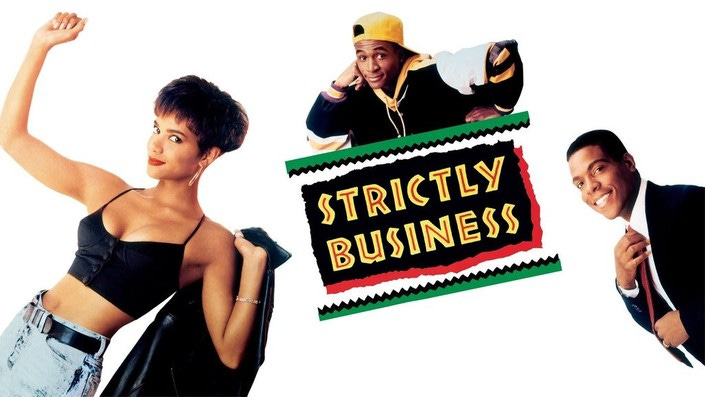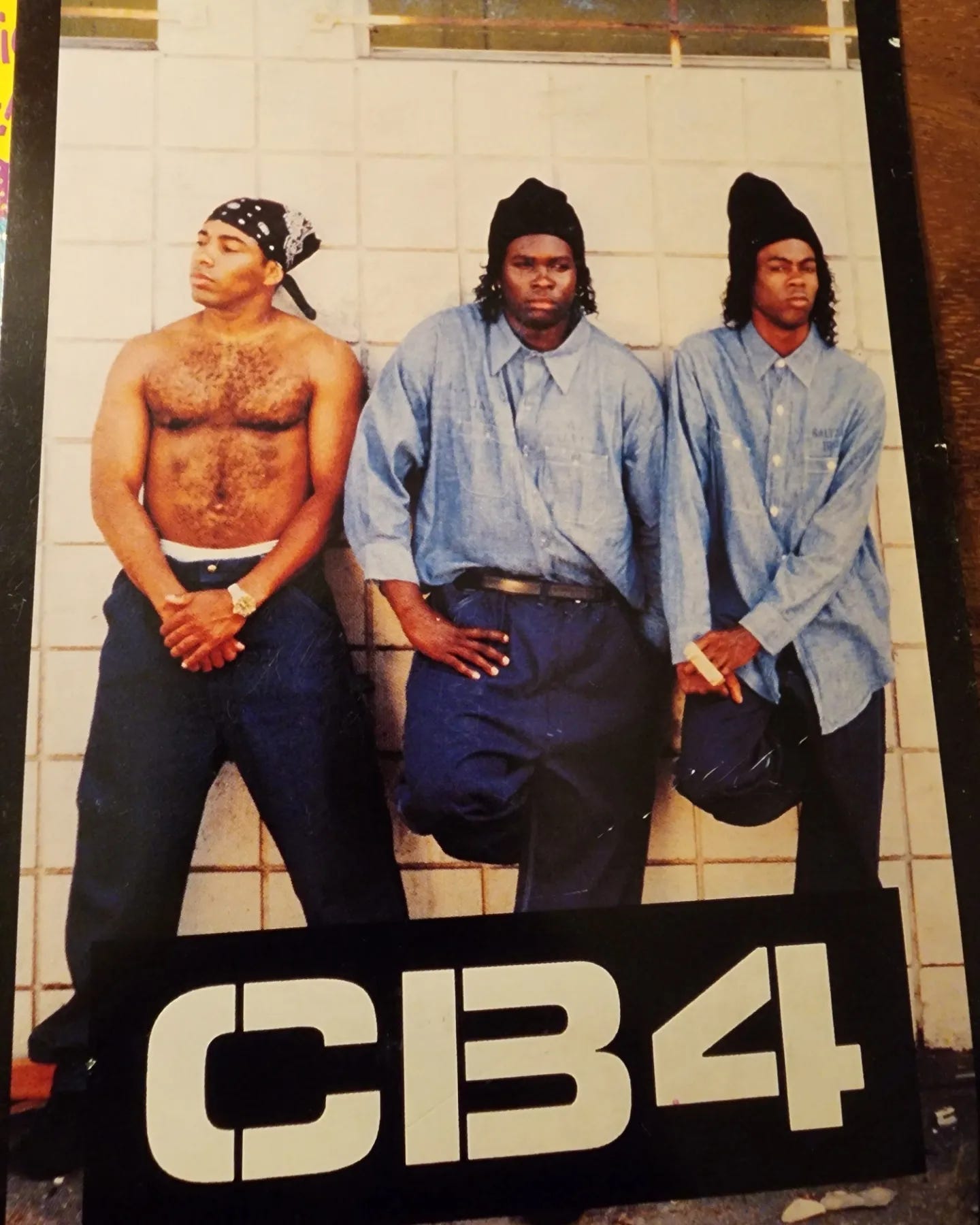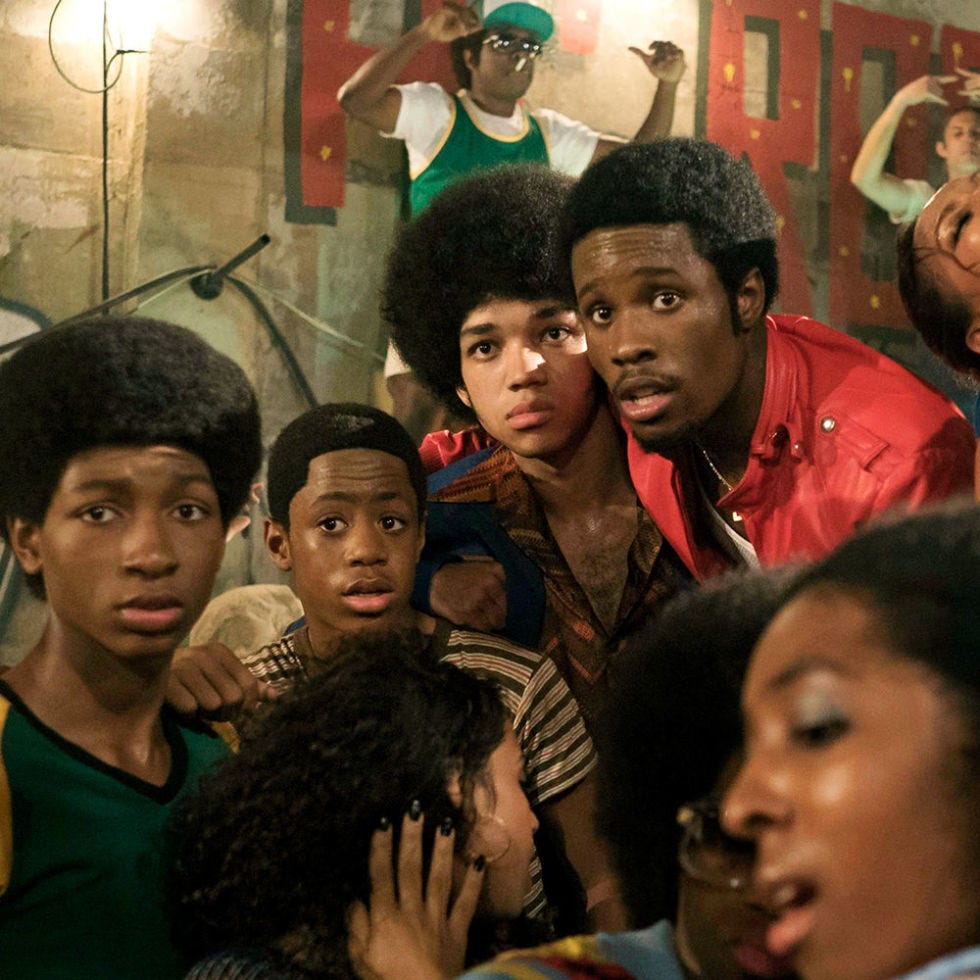I am out in Los Angeles this summer working as a producer on a feature film project and a director on a documentary. It’s my first time spending any time in the City of Angels since the pandemic. It’s been encouraging to see the large homeless encampments that defined parts of the city back then are either gone or have gotten much smaller. I’m not sure what’s been done, but its very noticeable.
This is the fifth time since 1992 that I’ve found myself in the LA area working on film and television projects (though I’m not sure if television is even the right description for streaming) and traveling around looking at locations and sitting in on casting sessions has brought on a flood of memories.
I pass a now closed two story office building on Sunset in West Hollywood which once housed the offices of Island Pictures. It was there in 1990 I sat with the late Andre Harrell and the filmmaker Pam Gibson pitching ‘Go Beverly!’, which was released in fall 1991 as ‘Strictly Business.’ Rather immaturely I wore sun glasses during the meeting. Not because I was trying to look cool — okay maybe slightly. But mostly I was legitimately intimidated by my surroundings. After collaborating on the screenplay with Pam, my later negotiations with Island weren’t great. One of the same executives I met with on that initial trip would make a low ball offer and tell my lawyer, “Everybody gets raped on their first movie deal. Tell Nelson to bend over and enjoy it.”
A few years later I was a co-writer and producer on ‘CB4’ and got a much better deal. I lived in the Mondrian Hotel in West Hollywood most of ‘92 and into ‘93. I got a weekly per diem payment of cash for my expenses. Since I was also making a good salary I would just stack the per diem envelopes in a drawer at the hotel. One crazy Saturday I went over to the Beverly Center and purchased two summer suits and a bunch of silk shirts, looking refine my producer look.
The ghosts of old Hollywood hang outs fill my mind as we drive around LA in a production van. On Sunset, in the shadow of Chateau Marmont, there were once two hot night spots — Roxbury and Carlos & Charlies — that were right across from each other. On the night of December 31, 1992 I spent much of the evening going back and forth across Sunset, going from the whiter crowd at Roxbury and to the blacker scene at Carlos & Charlies. I will never forget seeing two white girls grooving early in ‘93 on the Roxbury dance floor to Dr. Dre’s “G Thing,” which was my first inkling that gangsta rap was crossing over to mall America.
Farther west on Sunset so many sites of nocturnal fun are gone — the long closed Standard Hotel is being gutted, the House of Blues is a hotel, the restaurants La Dome and Le Petite Four are gone, and Chin Chin is soon to close. West Hollywood on Sunset, long an epicenter of music and socializing, is filled with lots of empty retail spaces. I am really pleased to see that Book Soup, a place I’ve had reading events countless times, continues on. Fingers crossed for its survival.
In 2006 I directed an HBO movie, ‘Life Support’ starring Queen Latifah, and did all the post production in Los Angeles. Our budget was around $6 million. While I was editing I found that Brett Ratner was shooting ‘Rush Hour 3’ nearby. I knew Brett from his music video days in New York, so I stopped by to see how big budget Hollywood filmmaking was done. It was quite a scene. Chris Tucker was sitting next to Jackie Chan in a fake airplane. Jackie had a woman with cue cards leaning over the seat in front of him with the scene written in large letters. Brett was a few feet away, eating ice cream and looking straight ahead, but not at the monitor. There was an attractive young Asian woman sitting on an apple box in his eye line. He was much more focused on her than directing Chris and Jackie. The crew was in various states of boredom and/or detachment. There wasn’t anything to learn on that set, so I headed back to editing my little movie.
In 2016 I worked in a writer’s room on Ventura Boulevard for a show eventually called ‘The Get Down.’ It was my first experience in such a setting and I had high hopes of learning television storytelling. I did pick up a few useful tricks, but the process proved frustrating as the show’s storytelling didn’t jell until the writing was moved to New York. A lot happened in that room, much of not great, but I do recall watching two veteran TV scribes turn every real idea into a seminar on cliches. These gents could spin anything into a several episode arc. They were pros. But none of it had the spark of life. It was formula writing of the highest order. I respected them but it was great lesson in how polished Hollywood techniques turn real life into soap opera mush. The two wouldn’t stay with ‘The Get Down,’ which would go on a much more eccentric and singular path.
More memories of Hollywood to come next week.







Even though I have now lived in the LA area most of my 70 years, I really connected with your location scout reminiscing. I'm a Bronx boy moved to the Village and then actual geographic Hollywood at 22, now in Santa Monica for some decades (my 3 Santa Monica children are now in South Slope and Ridgewood!).
When you mentioned Carlos & Charly's it brought back memories of the height of Cocaine Consumerism, before an evil connotation set in, before Mrs. Reagan's "just say no", before too many Hollywood people ruined their lives, health and finances, before crack or maybe while it was still in its infancy, maybe even before Richard Pryor set his ass on fire. As a life-long film worker (not yet officially retired from the industry but not knowing whether to call myself retired or just unemployed) I remember when EVERYONE openly did blow on movie sets, from the directors and talent to all working in the various crafts. Sometimes the crew supplied the producers and other times a producer might be selling to the crew. Sometimes on Teamster worked shows they had one driver who was the connection. Sometimes it was the prop department. I was on non-union pictures back then when powder was sometimes offered in lieu of overtime pay. Many would spend their meager $100/day low budget picture pay on a $100/gram bindle daily. All work boxes in the grip or lighting trucks had a mirror in the top drawer as well as the darkroom in the camera truck. You knew the fad was nationwide when on location in the middle of America, all the locals you met were spending their pay every weekend.
Anyway, I've digressed just to set the very specific time period. In Carlos & Charly's, you could give the bartender your credit card which he would cash out for a hundred bucks and hand you a gram of coke. One could also drive up to the parking valet at Le Dome, buy from him and then just pull back out of the parking lot.
Nelson, I love everything you put out on line and have read you since the VV. I'll have to start on your books now.
Thank you for your work!